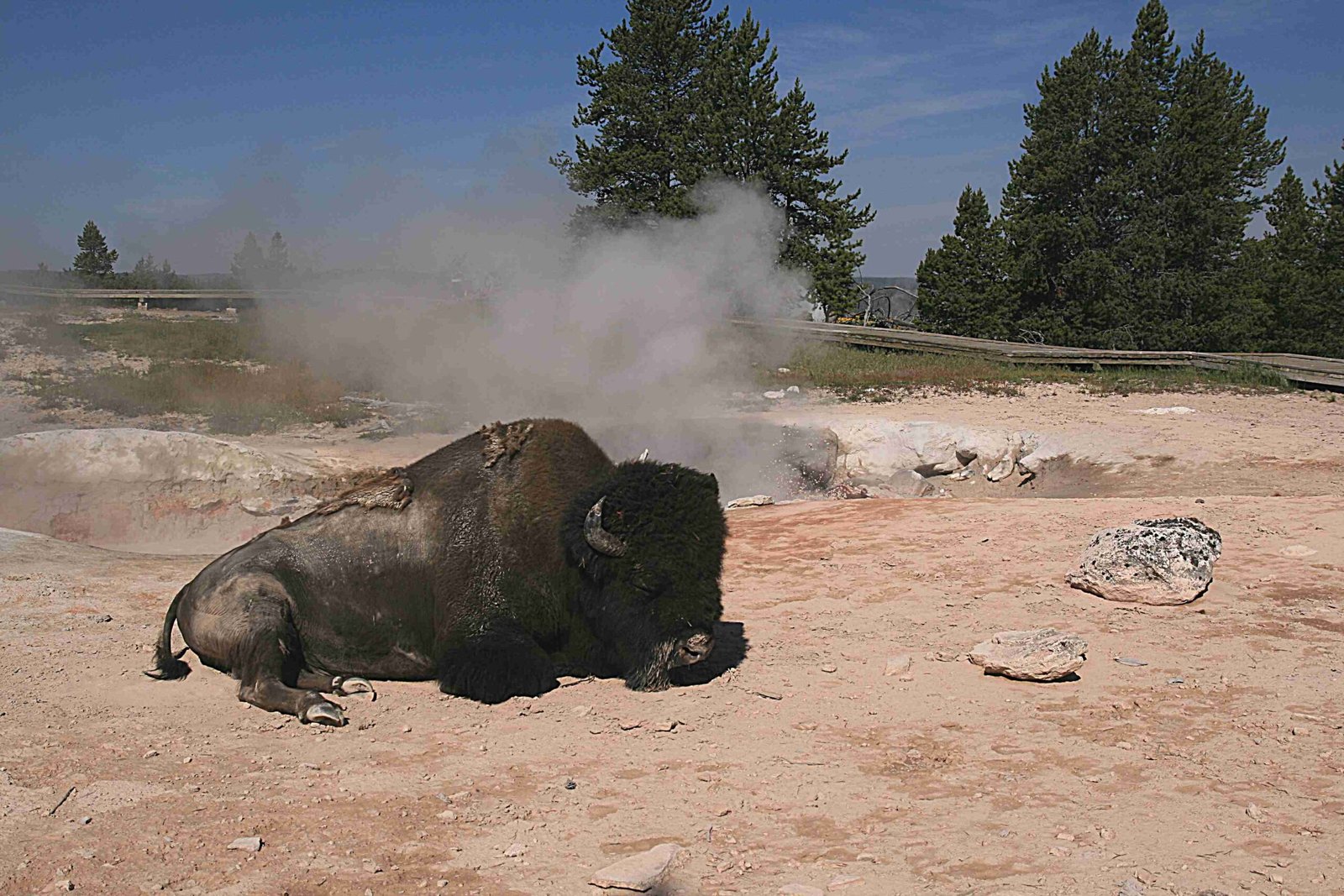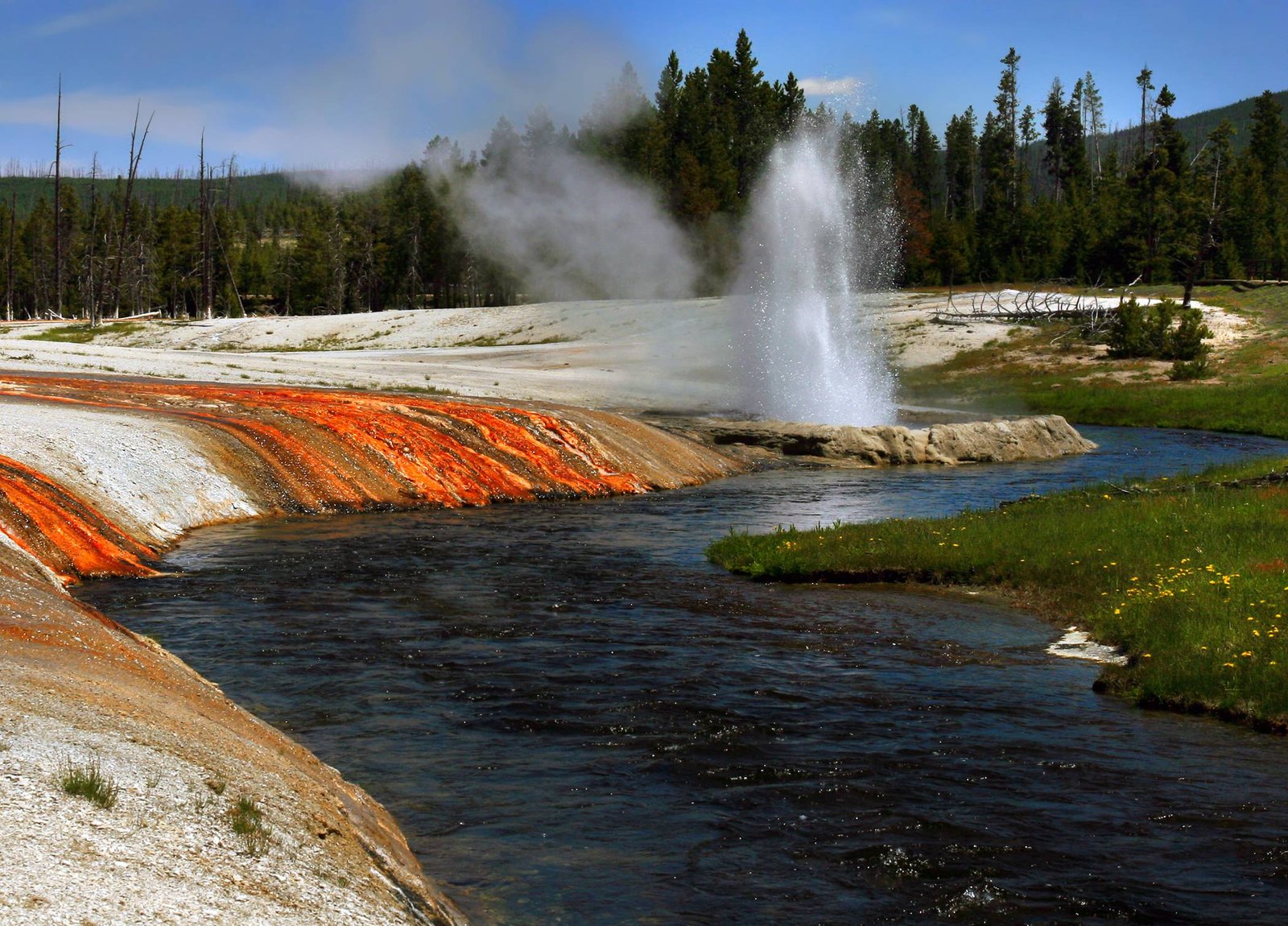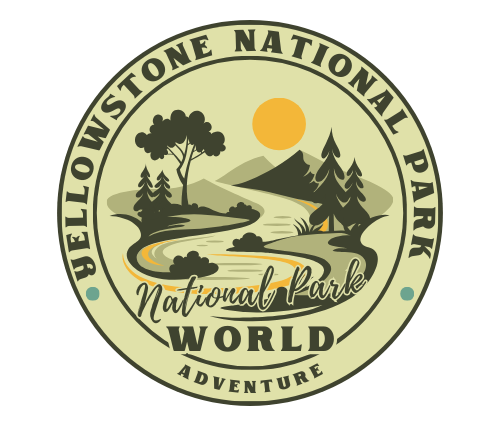The Beaver Ponds Loop in Yellowstone National Park is a 5-mile round trip trail offering diverse wildlife viewing opportunities and scenic landscapes. Located near Mammoth Hot Springs, this moderately challenging hike features an elevation gain of 350-450 feet. The trail passes through sagebrush meadows, forested areas, and showcases several ponds, some with beaver dams. While beaver sightings are not guaranteed, the area is rich in other wildlife, including elk, deer, and various bird species.
What Makes Beaver Ponds Loop Unique?

The Beaver Ponds Loop trail stands out for its blend of natural beauty and wildlife viewing opportunities. Unlike more crowded areas of Yellowstone, this trail offers a quieter experience, allowing hikers to immerse themselves in the park’s diverse ecosystems. The loop passes through varied terrain, from open meadows to forested areas, providing a comprehensive snapshot of Yellowstone’s landscape diversity.
Where Is the Trailhead Located?

The Beaver Ponds Loop has multiple access points, making it convenient for visitors:
- North of Liberty Cap, near the stone house
- Behind the Mammoth Hot Springs Hotel at the start of Old Gardiner Road
- Beside the north edge of the Mammoth Hot Springs terraces, near Hymen Terrace and Clematis Creek
While there’s no dedicated parking at the trailhead, ample parking is available near the visitor center, hotel, and other facilities in the Mammoth Hot Springs area.
What Can Hikers Expect on the Trail?
Hikers embarking on the Beaver Ponds Loop can expect a moderately challenging experience:
- Trail Length: 5 miles round trip
- Elevation Gain: 350-450 feet
- Terrain: Varied, including sagebrush meadows, forested areas, and pond-side paths
- Difficulty: Moderate, suitable for most hikers with average fitness levels
The trail offers a diverse array of landscapes, from open meadows with sweeping views to shaded forest sections. As you progress, you’ll encounter several ponds, some featuring beaver dams along their edges.
When Is the Best Time to Visit?
The optimal time to hike the Beaver Ponds Loop depends on your priorities:
| Season | Advantages | Considerations |
|---|---|---|
| Spring | Wildlife activity, wildflowers | Possible muddy trails, unpredictable weather |
| Early Summer | Pleasant temperatures, active wildlife | Busier trails, mosquitoes |
| Late Summer | Warm weather, less crowded | Drier conditions, potential wildfire smoke |
| Fall | Beautiful foliage, fewer crowds | Cooler temperatures, shorter daylight hours |
For wildlife viewing, especially the chance to spot beavers, spring and early summer are typically the best seasons. However, it’s important to note that beaver sightings are not guaranteed, as the ponds’ conditions may not always be ideal for beaver habitation.
What Wildlife Can Be Seen?
The Beaver Ponds Loop is renowned for its diverse wildlife. While beaver sightings are less common than the trail’s name might suggest, the area is rich in other fauna:
- Elk
- Mule deer
- Pronghorn antelope
- Moose (occasionally)
- Black bears and grizzly bears (from a safe distance)
- Muskrats
- Various bird species, including water birds
The relatively low foot traffic on this trail compared to other Yellowstone attractions increases the chances of wildlife encounters. Remember to maintain a safe distance from all wildlife and never approach or feed animals.
How Does the Beaver Habitat Look?
The beaver habitat along the Beaver Ponds Loop is characterized by:
- Shallow ponds, some with visible beaver dams
- Tall reeds lining the water’s edge
- Surrounding Douglas fir trees
- Algae-covered water in some areas
While the ponds may not always be actively inhabited by beavers due to sometimes stagnant water conditions, they provide a crucial ecosystem for various other species. The interplay between water, vegetation, and wildlife in these areas offers a fascinating glimpse into Yellowstone’s complex ecology.
What Amenities Are Available?
While the Beaver Ponds Loop itself is a natural trail without extensive facilities, nearby amenities include:
- Parking areas near the Mammoth Hot Springs facilities
- Restrooms available at nearby parking areas and facilities
- Educational signage and information kiosks near the trailheads
- Visitor center and other services in the Mammoth Hot Springs area
It’s advisable to bring water, snacks, and any other supplies you might need for a half-day hike, as there are no services along the trail itself.
How Should Hikers Prepare?
To make the most of your Beaver Ponds Loop experience:
- Wear sturdy hiking shoes suitable for varied terrain
- Bring plenty of water and snacks
- Pack layers, as weather can change quickly in Yellowstone
- Carry bear spray and know how to use it
- Bring binoculars for wildlife viewing
- Start early to increase chances of wildlife sightings and avoid afternoon heat
Remember to practice Leave No Trace principles to help preserve the natural beauty of the area for future visitors.
What Makes This Trail Important for Yellowstone’s Ecosystem?
The Beaver Ponds Loop showcases a vital part of Yellowstone’s ecosystem:
- Beaver ponds, even when not actively inhabited, play a crucial role in water retention and habitat creation
- The diverse landscape supports a wide range of flora and fauna
- The trail provides visitors with an opportunity to observe and appreciate the park’s complex ecological interactions
By hiking this trail, visitors gain a deeper understanding of Yellowstone’s biodiversity and the importance of preserving these natural habitats.
In conclusion, the Beaver Ponds Loop in Yellowstone National Park offers a rewarding experience for hikers and nature enthusiasts. While beaver sightings may be rare, the trail’s diverse landscapes, abundant wildlife, and ecological significance make it a valuable addition to any Yellowstone itinerary. Whether you’re interested in wildlife viewing, photography, or simply enjoying a peaceful hike through varied terrain, the Beaver Ponds Loop has something to offer every visitor.
References:
- https://www.utahsadventurefamily.com/beaver-ponds-yellowstone/
- https://www.americansouthwest.net/wyoming/yellowstone/beaver-ponds-trail.html
- https://www.nps.gov/thingstodo/yell-trail-beaver-ponds.htm
